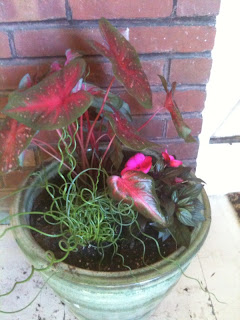Question: What is THE most important item NOT to forget to take along on any trip?
The answer to this question will likely depend on one's destination, nature of the trip, and in some cases locality of the trip. In my humble opinion, I'd say that the answer to this question would be one's WALLET, and here's why...it contains one's valuable items like ID card, cash or plastic, membership cards, maybe a house spare key, etc, etc. I would equate one's failure not to have a wallet in one's possession, especially on a solo trip, to locking oneself out of one's house.
On a recent solo work-related trip I had the misfortune of separating myself from my wallet, which normally is wouldn't happen. However, on this particular trip I happened to be running late so I unknowingly bolted out of the house without it. On completion of my trip's purpose, I turned around for my next destination...home. I stopped at a restaurant to grab a quick bite. The restaurant wasn't crowded for that time of day, which was good for me because I was absolutely hungry enough to eat a horse! Now, I have this habit of reaching for my wallet before placing asking for a menu or placing an order. So, as I'm making my way to the counter, I instinctively reach for my wallet, which until that point I hadn't realized that I didn't have it. About five steps away from the counter and a "hello-can-I-take-your-order" request, it hit me...the darn thing wasn't in its usual pocket! I froze, patted myself down just be certain that it wasn't there. And sure enough it wasn't!
At that point I looked at my hands as though they needed to be washed, spun around, and headed towards the bathroom door, which incidentally was close to the exit door, then chose the latter! Good enough I hadn't placed my order yet...and spared myself a close call...whew! My next concern between the restaurant and home was to avoid getting pulled over. And I succeeded in that regard!




























